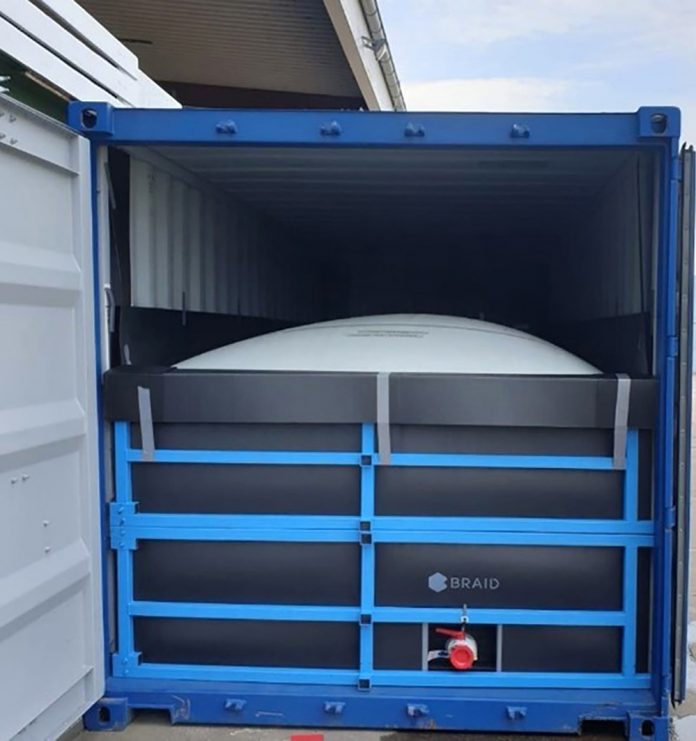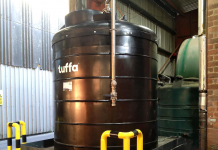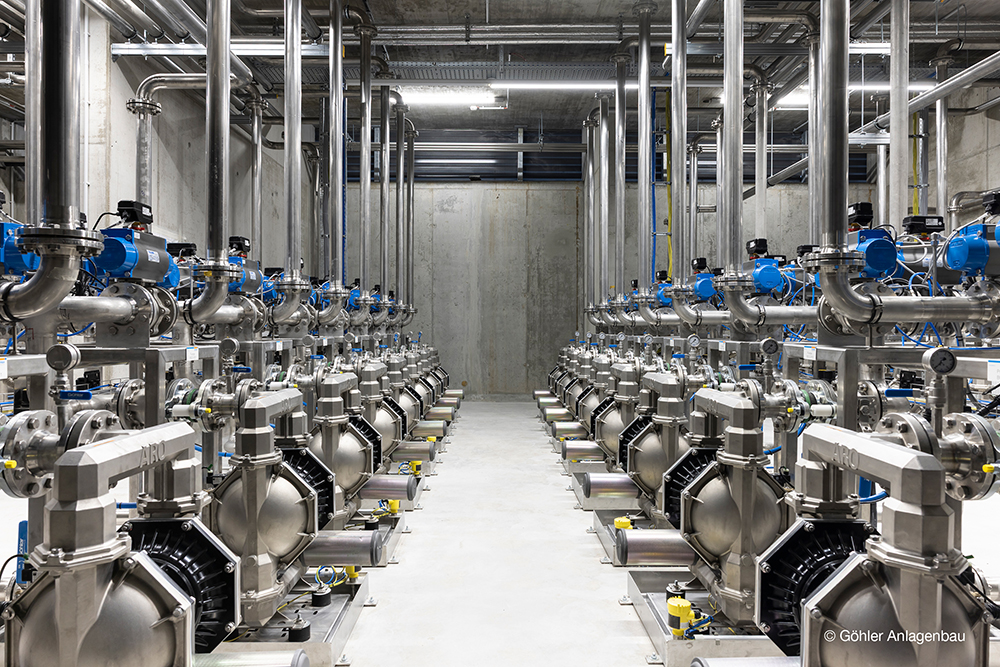Recycled packaging for use in chemicals transportation is currently undergoing trials.
The Flexitank is the first recycled flexibag to be loaded in Europe.
Cepsa Química , the Spanish company pioneering the scheme, claims it can reduce generated plastic waste by up to 35 per cent, thus improving circularity in product supply in its own operations and for customers.
The Flexitank was used for the first time to ship 23,000 litres of LAB, a popular solution used in the production of biodegradable detergents, from Spain in intra-European transit.
Cepsa Química says this new type of flexitank has passed all requirements for international specification PAS 1008:2016.
It is manufactured by Hillebrand, formed by the recent acquisition of Braid and Hillebrand Gori, part of the DHL Global Forwarding Ocean bulk Division group. Hillebrand is the only global manufacturer to offer this innovative means of transport.
Recycled Flexitank is made from materials like polythylenes and polypropylenes that have infinite potential for recycling. Made from plastic waste, the product comprises of four layers, two of which are up to 70 per cent recycled polythene (PE), which means 35 per cent of material is sourced from waste overall.
This both improves Cepsa Química’s sustainability index for the distribution chain, and reduces the use of natural resources and related emissions.
Elena Alcalde is Head of the Supply Chain & Procurement at Cepsa Química. She explains, “At Cepsa Química we are aware of the great importance that the reduction of plastic poses for the environment.
“With this goal in mind, we are implementing new initiatives and sustainable options such as the incorporation of recycled flexitank, which avoids, as much as possible, the use of new single-use plastics in favor of recycled ones. Recycling, reducing and reusing are key to our environmental policy.”
Andre Sangster, technical director of Hillebrand DHL Global Forwarding Ocean Bulk, adds, “Taking these steps towards the development of circular packaging allows us to optimise design and ensure that responsible care and sustainability coexist. This equipment has a reduced environmental impact as it makes use of natural resources and related emissions. It is also designed to be compatible with a robust reusable bulkhead system, which can be retrieved through our global network and offers a sustainable option to single-trip systems.”









